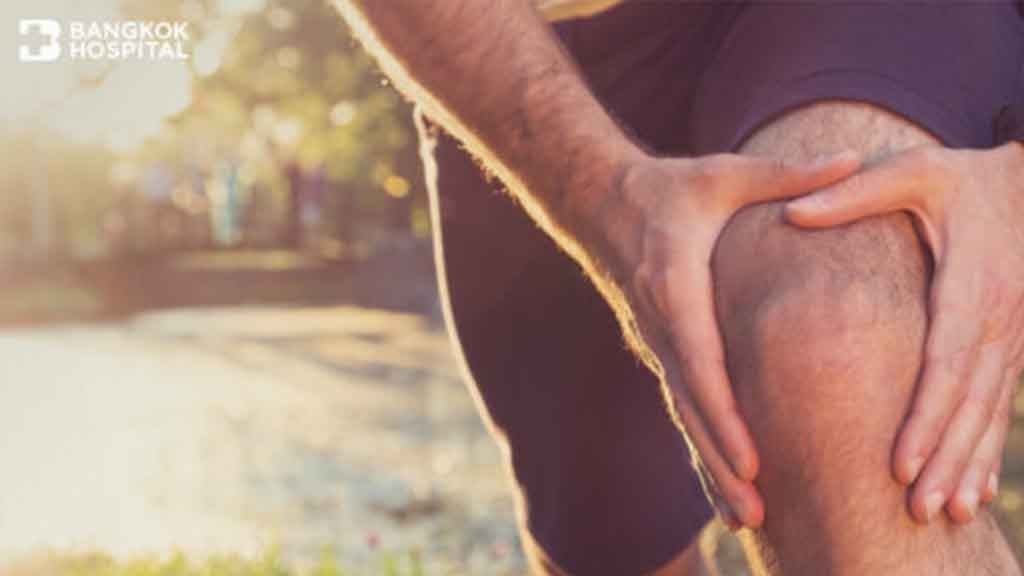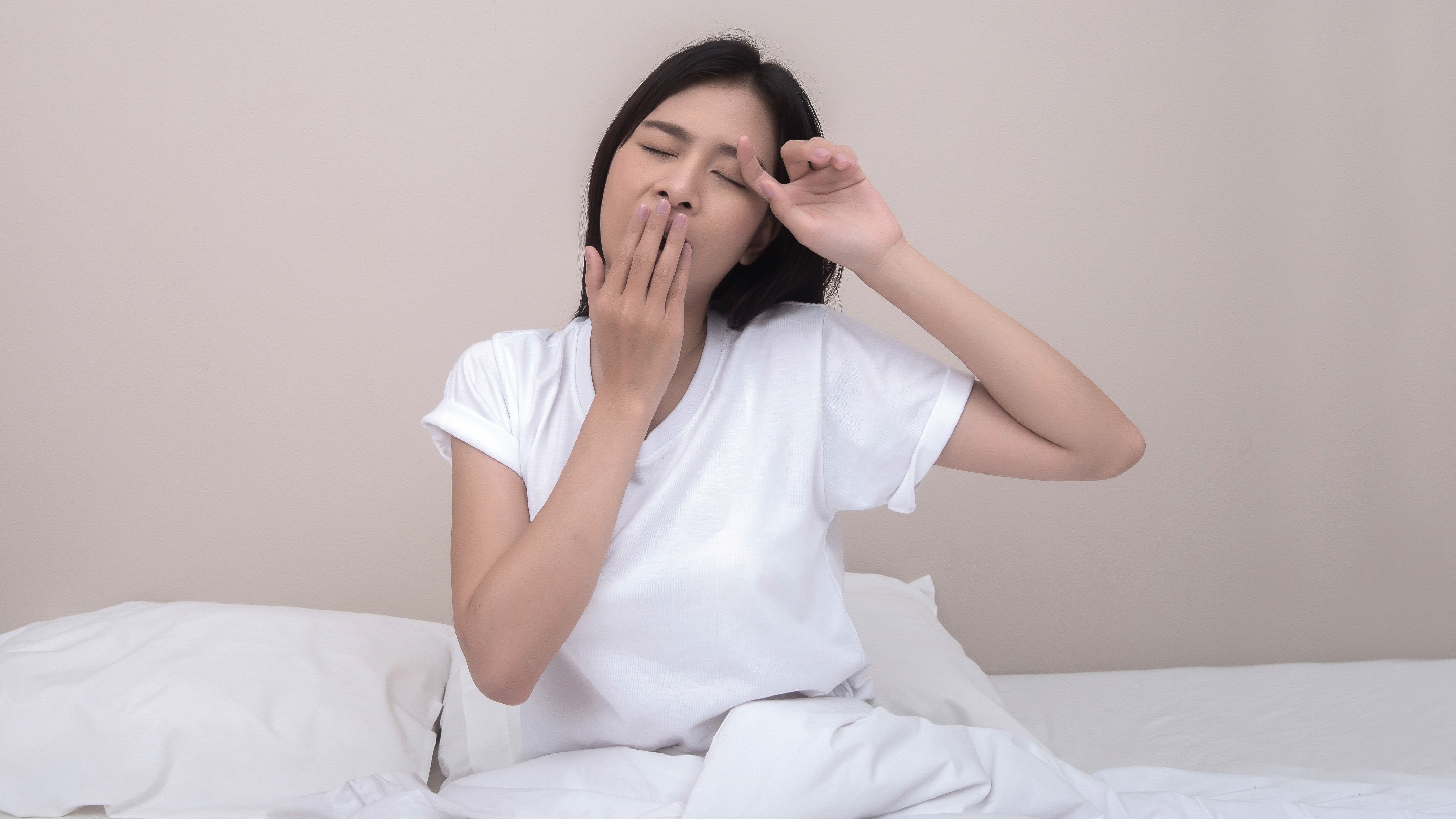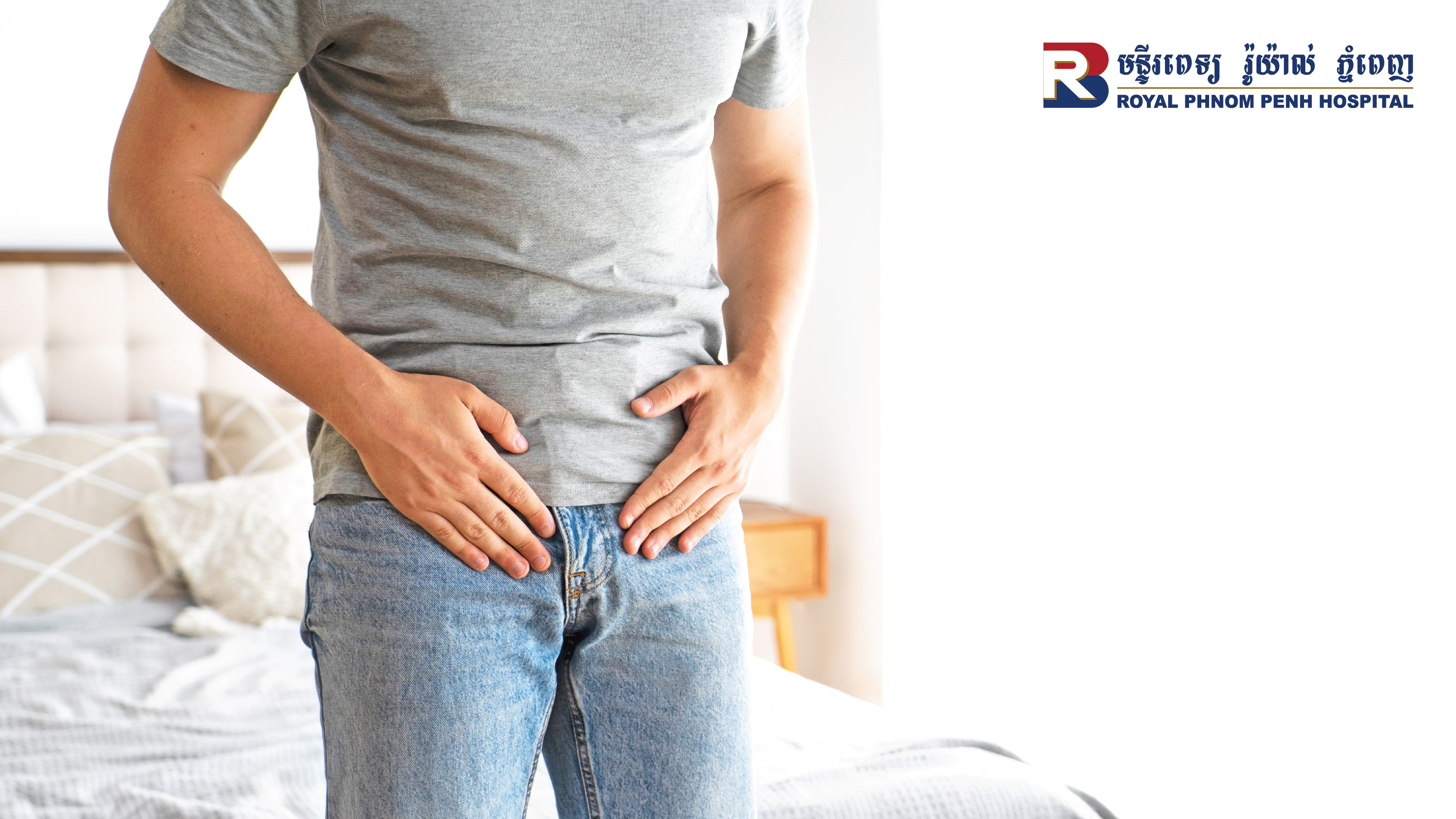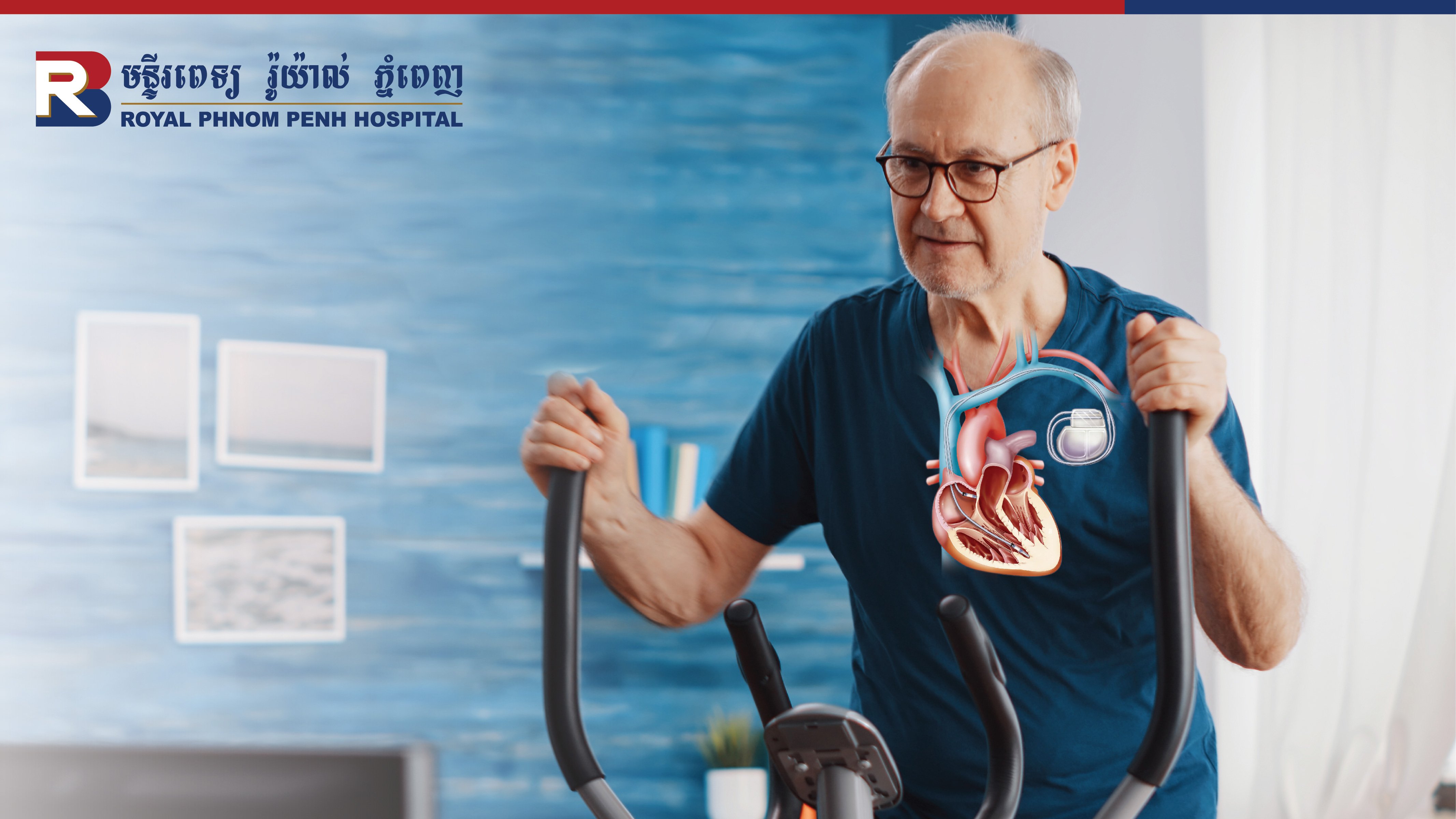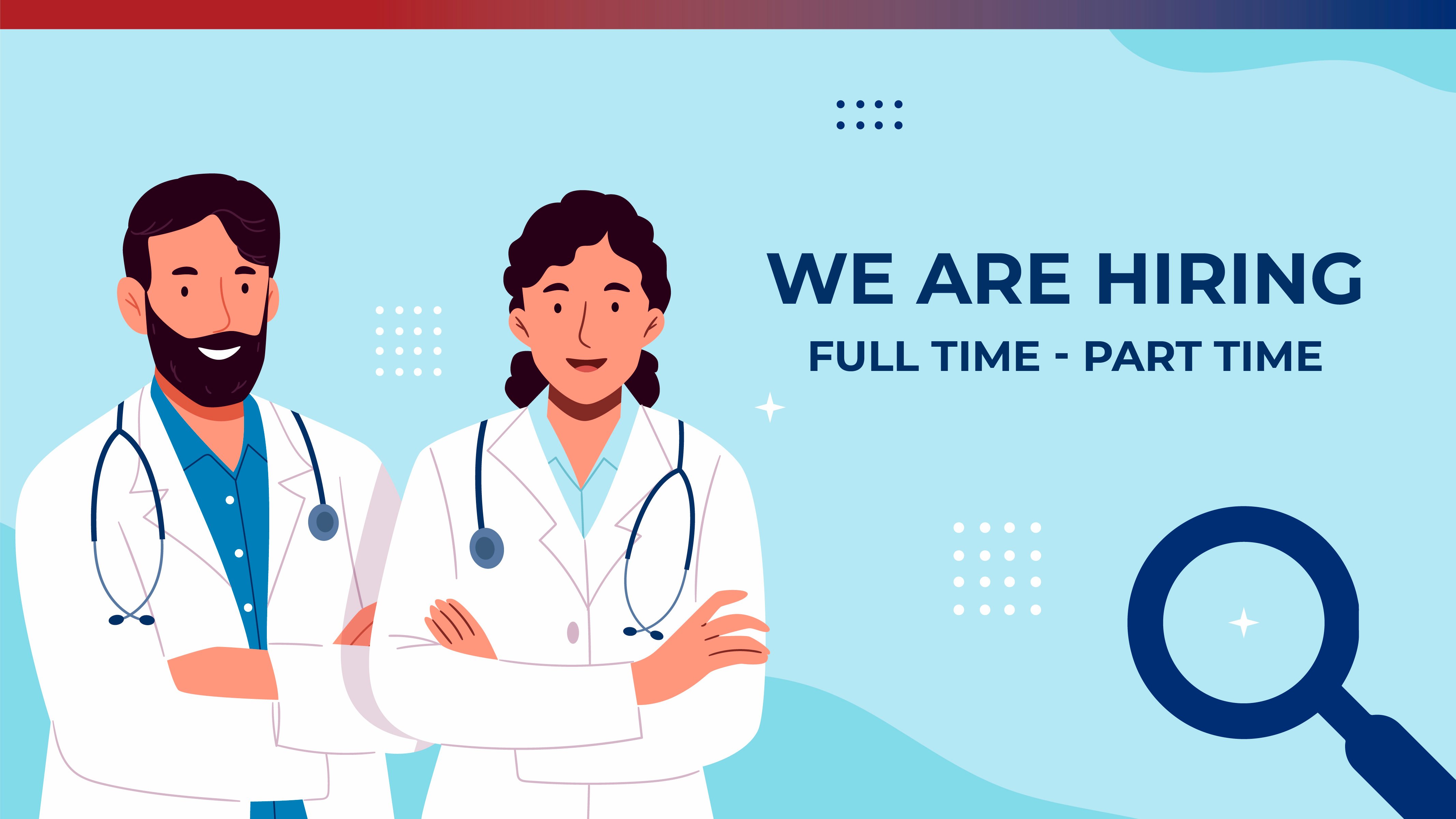Knee Pain Might Not Only Be The Result Of Knee Arthritis.
The knee joint is one of the largest and most complex joints in the body. It acts as a hinge that allows the lower leg and foot to swing easily forward or back while walking, standing, jumping, sitting and running. The range of motion of the knee is limited by the anatomy of the bones and ligaments. Activities e.g. sitting on the floor with legs to one side, sitting on hunkers, squat, sports and exercise as well as falls can induce knee pain. Knee pain is a common complaint that affects people of all ages and genders. Knee pain may be the result of an injury, such as a torn cartilage or ruptured ligament and certain medical conditions, such as inflammation and infections. If left untreated, it might potentially lead to knee degenerative condition, known as arthritis of the knee.
Get to know the knee joint
A normal knee joint consists of the thighbone (femur), the shinbone (tibia) and the kneecap (patella) as well as other crucial parts including tendons, ligaments and cartilage. A knee joint is normally surrounded by viscous fluid known as synovial fluid that helps nourishing the cartilage and keep it slippery. Synovial fluid lubricates the joint to reduce friction on the articular cartilage during motion. There are two major ligaments that crisscross within the joint: the ACL (anterior cruciate ligament) and PCL (posterior cruciate ligament). ACL is located in the center of the knee whereas PCL is located in the back of the knee. Both ACL and PCL allow the knee to flex and extend without sliding back and forth. The meniscus is a C-shaped piece of tough, rubbery cartilage that is located in the knee joints between the thighbone and shinbone. The meniscus acts as a shock absorber to cushion the lower part of the leg from the weight of the rest of the body during activities that cause impact to the knee. As a shock absorber, the meniscus helps absorb the pressure exerted on the knee joint. It also provides stability and helps distribute body weight by keeping the bones from rubbing together.
Cause of knee pain
Knee pain can be widely caused by injuries, mechanical problems and arthritis. Major causes of knee pain usually include:
-
Ligament: Repetitive use of knee and knee injury can affect any of the ligaments, tendons or fluid-filled sacs (bursae) that surround the knee joint. In athletes, kneecap injury and dislocation can be caused by overuse, collision, pressure, traction, and contraction during practice or playing. Sport injuries cause most of the ACL tears, especially those from contact sports which require sudden changes in direction. A tear of the ACL results in severe knee pain, rapid knee swelling, inability to continue activity and loss of range of motion.
-
Cartilage: During moving, all thigh bone, shin bone and kneecap along with their associated ligaments and muscles must work in unison to support the weight and allow fluid leg movement. With each bend, the kneecap, a free-floating bone, slides over the thigh bone in the trochlear groove. The cartilage keeps the kneecap in position as it cushions and lubricates the joint, so the bones glide against one another. The inflammation of knee cartilage can often cause knee pain. Overuse, repetitive use and injuries can cause increased deterioration and breakdown of the cartilage. Common problems are patellar tendonitis which is an injury or inflammation of the kneecap tendon and chondromalacia which is an inflammation of the cartilage on the undersurface of the kneecap. Daily activities e.g. squat and repeated deep knee bending, kneeling and stair climbing subject the knee to additional pressure, causing cartilage damages. Weakness of muscles around the legs and hips substantially aggravates knee pain. In severe injury or degeneration of cartilage, a piece of cartilage can break off and float in the joint space, known as loose body which interferes with knee joint movement.
-
Meniscus: The meniscus is formed of tough, rubbery cartilage. It preserves the function as a shock absorber between the shinbone and thighbone. Acute tears are caused from excessive force applied to a normal knee and meniscus whereas degenerative tear results from repetitive normal forces acting upon a worn down meniscus. A torn meniscus often affects elderly people, as wear and degeneration weaken this important shock absorber in the knee. Not only accidents, but acute meniscus tears can also result from any activity that causes the knee to forcefully twist or rotate, such as aggressive pivoting, certain sports and exercise, falls, sudden stops and turns. Meniscus tears can happen to anyone at any age. Nevertheless, in older adults, degenerative alterations of the knee can potentially contribute to a torn meniscus with little or no trauma. While in young adults, the most common causes are accident and sport injuries. If left overlooked or untreated, a torn meniscus might lead to arthritis in the injured knee which is an irreversible damage.
-
Arthritis of the knee: Sometimes called degenerative arthritis, it is a wear-and-tear condition that occurs when the cartilage in the knee deteriorates with use and advanced age. Arthritis of the knee usually induces inner knee pain. However, if the degenerative condition progresses, pain can spread throughout the knee. Arthritis of the knee can be caused when an injury in the knee ligament or cartilage within the knee joint is overlooked or left untreated properly.
Symptoms
The severity and exact location of knee pain might vary among individuals, depending on the cause of the problem. The doctor needs to conduct a full physical examination for making a differential diagnosis. In some cases, if traumatic knee injuries are suspected, diagnostic radiology exams such as MRI might be additionally required. Patients who have knee arthritis usually present with these following signs and symptoms:
- Knee pain and inability to fully straighten or bend the knee. Inability to stand properly or bear a full weight on the knee.
- Knee swelling and stiffness. Redness and warmth in the knee. These are all signs that indicate knee inflammation.
- Chronic knee pain that does not respond to resting and pain medications.
If any of these signs and symptoms arise, immediate medical attention must be sought in order to receive accurate diagnosis and timely treatments.
Treatment of knee pain caused by a torn meniscus
Many types of minor knee pain usually respond well to self-care measures and pain medications. Physical therapy and knee braces also can help relieve knee pain. In some serious cases such as a torn meniscus, a surgical repair might be needed.
There are different types of meniscus tears causing knee pain, including longitudinal (vertical) tear, radial tear, horizontal tear and flap tear. A number of factors contribute to particular type of tears. Patients might have either only one type or multiple types of the meniscus tears. Due to the advancements in surgical technology and advanced procedure, an arthroscopic meniscus repair which is a minimally invasive surgical procedure has been emerged and widely used to treat a torn meniscus with high degree of accuracy and safety. During this procedure, an instrument called arthroscope is inserted through 2-3 tiny incisions (depending on type of tear) near the affected knee. An arthroscope contains a light and a small camera which transmits enlarged images of the inside of the knee onto a monitor, enabling visualization and therapeutic treatment of the interior of a joint. If necessary, surgical instruments can be inserted through small incisions in the knee to trim or repair the tear. Due to smaller incision, it results in less pain and less damages to surrounding areas as well as a faster recovery time and lower risks of postoperative complications.
After surgery, knee pain will be appropriately managed by interventional pain specialists. The physical therapy process is dependent on the patient’s general physical health and condition following surgery. Postoperative rehabilitation can normally start as soon as possible in order to maintain muscle strength and stability as well as to regain full knee motion and return to normal activity. Advanced rehabilitation machine, Alter-G might be applied in order to help reducing an impact to joints and optimize rehabilitation and physical therapy outcomes while patients do not need to bear their full weight. However, rehabilitation program is individually designed based primarily on patient’s conditions that might widely vary.
Prevention Of Knee Pain
To minimize the risk of developing knee pain, it is highly recommended to strengthen the knee and leg muscles regularly. Weight reduction is crucial if obese. Every extra pound puts additional strain on the joints, increasing the risk of knee injuries and arthritis. Activities that cause damages or injuries to the knee e.g. long or repeated squatting, kneeling and deep knee bends must be avoided. In addition, these regular exercise tips to improve the strength of muscles around the hip and thigh should be applied.
-
The straight leg raise: To strengthen the thigh muscles, sitting on the chair in the upright position, slowly raise the leg while fully stretching the knee without knee bends. Stay still and count 1 to 10 per a set.
-
Squatting: Standing with the feet shoulder-width apart. Arms can be lifted to make a balance. With back stretching and tightening abdominal muscle, squatting the bottom down with 90 degrees and focusing on keeping the knees in line with the feet. Continue 10 repetitions per a set. In people with knee pain, it is advised to squatting down only 45-60 degrees (the half squat).
-
Lunge: A lunge can refer to the position where one leg is positioned forward with knee bent and foot flat on the ground while the other leg is positioned behind. Similar to squatting, a lunge aims to strengthen the muscles around the thigh and hip.
Besides arthritis of the knee, there are a number of causes that result in knee pain. If knee pain develops and progresses, medical attention must be promptly provided in order to treat the problem at its cause.
